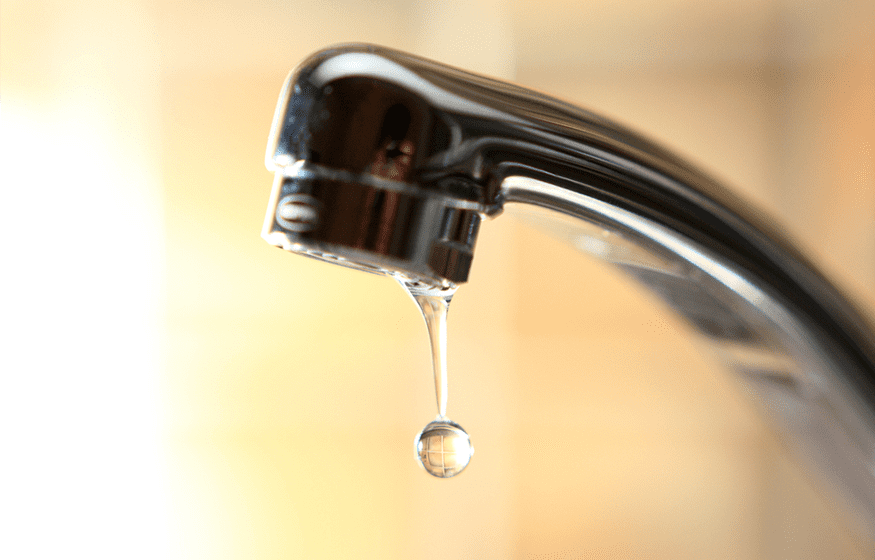A consistent drip from a kitchen faucet can be a source of annoyance, not to mention the wastage of water and potential increase in water bills. Addressing kitchen faucet dripping promptly is essential to maintain a functional kitchen space and prevent further complications. This article delves into the common causes behind this issue and offers…
READ MORE PLUMBING ARTICLES
By Made’s Plumbing
Ensuring Safe Water in Arlington, TX With Service Line Inspections
Headline stories like what happened in Flint, Michigan several years back have been a reminder…
Plumbing Myths in Arlington, TX: What Property Owners Should Know
Since the time we’re kids we hear all kids of plumbing myths. From the ridiculous,…
What to Do in a Plumbing Emergency: Tips for Arlington Residents
Experiencing a plumbing emergency in your Arlington, TX home is way more stressful than regularly…
Drop Us a Line!









